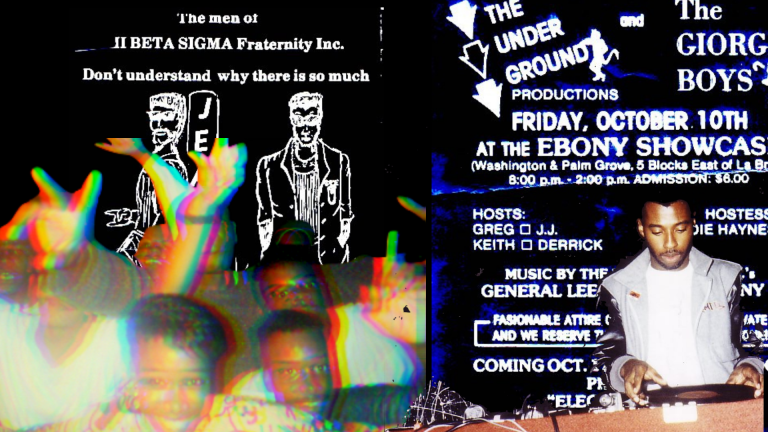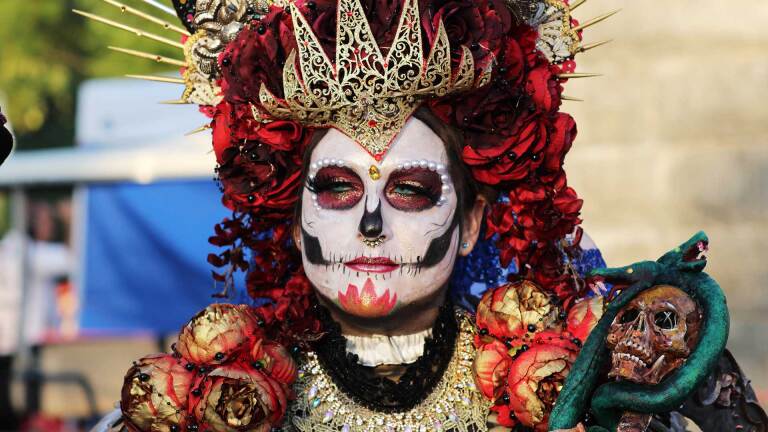Arts Disciplines
Award-winning photojournalist Julie Leopo explores the nuances of life in her new hometown, Oxnard. The series centers on the narratives of residents and spaces that make up the fabric that is Oxnard.

Gregory Everett was one of only a handful of Black Angelenos looking to document a seminal moment in the city's life. Using his life as a throughline and guided by Dr. Daniel Walker, KCET explores life in Los Angeles for the African American community in the 1980s and its repercussions today. Groove with the little-known precursor of West Coast hip-hop, explore the significance of public art in Crenshaw and see why stories need to be told by its community.

Once in his life, a man ought to concentrate his mind upon the remembered earth. He ought to give himself up to a particular landscape in his experience; to look at it from as many angles as he can, to wonder upon it, to dwell upon it.– N. Scott Momaday, "XXIV" from "The Way to Rainy Mountains"Classical antiquity recognized just four elements — air, earth, water and fire — from which everything had been made. These four no longer explain the world, but they retain, at least for me, a poetic capacity — a way of wondering upon where I am.D. J. Waldie is the author of "Becoming Los Angeles: Myth, Memory, and a Sense of Place." This series of essays called “Elemental L.A.” explores an Angeleno “sense of place” using the four classical elements as guides.

“How to Change” is a limited series for “Southland Sessions” exploring the most critical issues facing Southern California culture makers in this pivotal historical moment. Each column will explore a question posed to a range of artists and culture workers, and include recommendations to address these concerns from a practical, action-oriented perspective.

In the 1960s, the Chicano Movement, also known as El Movimiento, advocated for Mexican American empowerment across a broad spectrum of issues — from land reclamation and labor rights, to education reform and cultural identity. Learn about the Chicanos who shaped the movement, their acts of resistance and the lasting legacies they leave behind.

Judy Baca's 2,754-foot long mural along the Tujunga Wash in San Fernando Valley paints a lesser-known history of California from the perspective of the underrepresented. Learn more about the the making of "The History of California" — more popularly known as "The Great Wall of Los Angeles" — and the stories it seeks to tell.

Día de los Muertos, the tradition of annually honoring deceased ancestors and loved ones on November 1 and 2, has been adapted for centuries from its pre-colonial roots to the popular depictions in mass media today. Inspired by Oaxacan traditions, it was brought to East Los Angeles in the 1970’s as a way to enrich and reclaim Chicano identity. Learn more about the tradition's roots and explore the various ways Día de los Muertos is celebrated across Southern California.

Arts education can truly be a transformative journey. By growing social-emotional intelligence, inspiring a sense of belonging and developing creative skills, the arts help us make sense of our past, act powerfully in the present and imagine the future. See how it can build the foundation for an inclusive and economically vibrant society.
Break the barriers of physical distance as the arts re-connects the broken lines between us.














